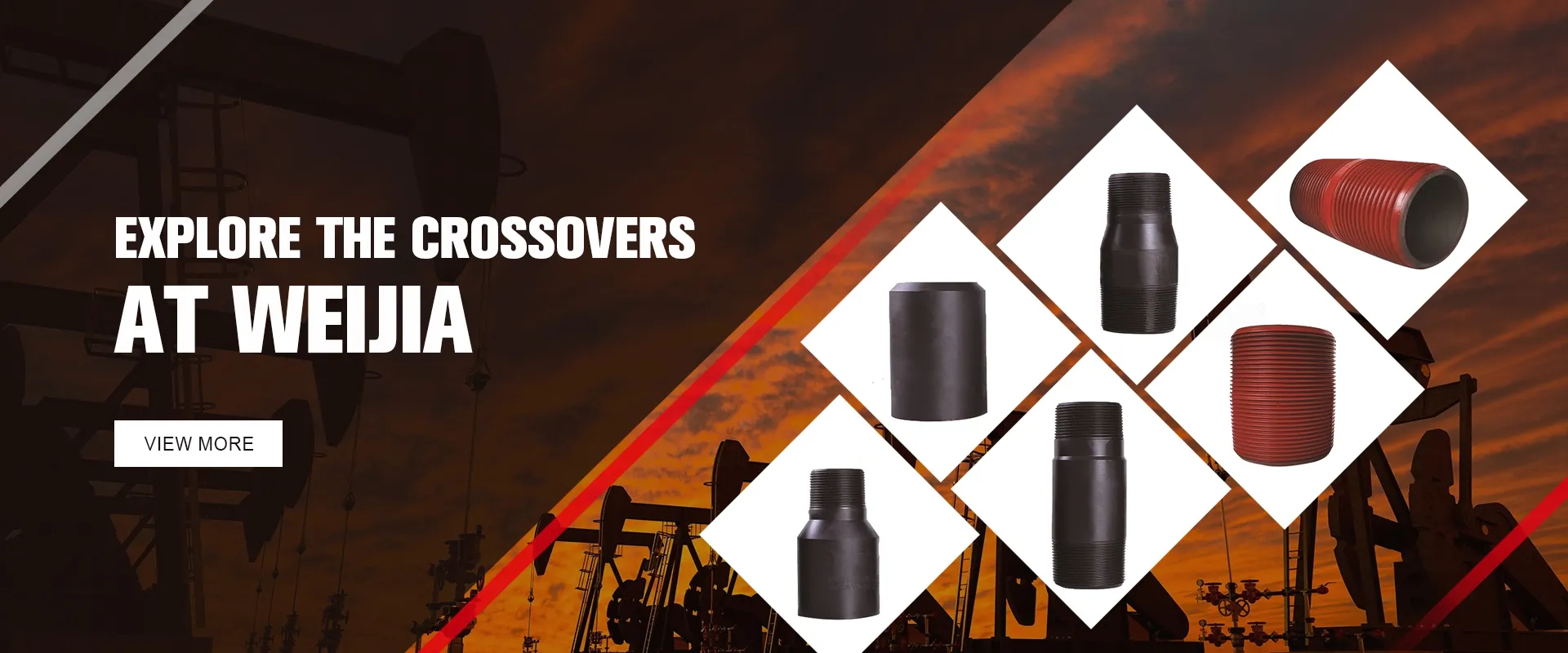Exploring the Role of Bull Plug in Oil and Gas Industry Operations
The Role of Bull Plug in Oil and Gas Operations
In the oil and gas industry, efficiency and reliability are paramount. One of the lesser-known but crucial components that contribute to the smooth operation of drilling and production activities is the bull plug. Understanding the design, function, and significance of bull plugs can aid industry professionals in maintaining high operational standards and ensuring safety in various applications.
What is a Bull Plug?
A bull plug is a type of plug fitting typically used in pipe systems to seal a pipe's end. It is specifically designed to close off a pipe or equipment opening, preventing fluid escape and minimizing the risk of leaks. This component is especially critical in oil and gas operations, where the containment of high-pressure fluids is essential not only for operational efficiency but also for environmental protection and worker safety.
Importance in Oil and Gas Operations
In the oil and gas sector, the integrity of equipment and pipelines is vital. Bull plugs play a crucial role in maintaining this integrity. They act as barriers against the movement of fluids, gas, or other substances that might compromise the safety of the operation or lead to environmental hazards. By effectively sealing off sections of piping when necessary, bull plugs prevent unintentional discharges of oil or gas, which can be both costly and environmentally damaging.
Furthermore, bull plugs are critical during maintenance and inspection processes. When sections of a pipeline require repair or replacement, bull plugs can be installed to isolate the specific segment, allowing work to proceed safely without having to shut down the entire system. This isolation capability minimizes downtime and helps to keep operational processes on track.
bull plug oil and gas

Materials and Design
Bull plugs are typically made from materials that can withstand the harsh environments typical in the oil and gas industry. Common materials include carbon steel, stainless steel, and various high-strength alloys, each selected for its ability to resist corrosion, high pressure, and temperature variations. The design of bull plugs can vary, with some featuring threaded sections for secure attachment, while others may use welds or other methods of sealing.
The size and design of a bull plug will often depend on the specific application. For instance, larger diameter bull plugs may be used in upstream operations, such as drilling, where the pressures are significantly high. Conversely, smaller plugs may be more prevalent in downstream activities, such as refinery processes.
Regulatory Compliance and Safety Standards
Given the environmental and safety implications of the oil and gas industry, bull plugs must comply with rigorous industry standards and regulations. Ensuring that these components meet safety certifications not only protects the environment but also safeguards workers and assets. Regular inspections and maintenance of bull plugs and associated piping systems enable early detection of potential failures, allowing for timely interventions.
Conclusion
In summary, while bull plugs may not be the most glamorous components in oil and gas operations, their importance cannot be overstated. They serve as vital tools in ensuring the integrity of pipeline systems, providing essential safety measures during maintenance and operation, and aiding in the compliance with industry regulations. As the oil and gas industry continues to evolve, the role of reliable components like bull plugs will remain critical to the success and sustainability of operations. Understanding these elements will enhance operational efficiency and contribute to a safer working environment, ultimately supporting the broader goals of environmental stewardship and resource management.
-
Unlock the Benefits of Pup Joints for Your OperationsNewsOct.31,2024
-
The Quality of Casing Couplings from ChinaNewsOct.31,2024
-
The Essential Role of Pup Joints in Drilling OperationsNewsOct.31,2024
-
The Benefits of Tubing Couplings for Your ProjectsNewsOct.31,2024
-
Enhance Your Drilling Operations with Tubing Pup JointsNewsOct.31,2024
-
Elevate Your Drilling Operations with Tubing CrossoversNewsOct.31,2024







